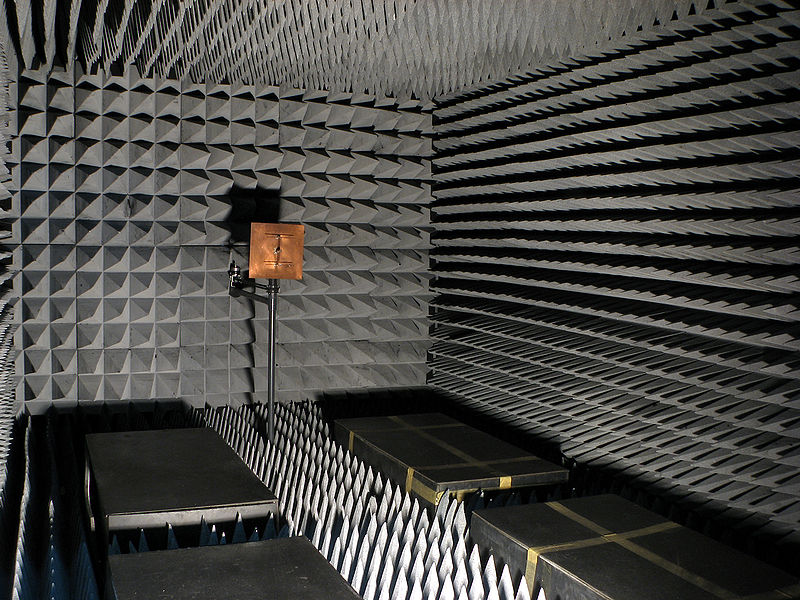Despite a slightly misleading title, this book is definitely appropriate for anyone whose business involves China in any way. Selling To China is about dealing with people and understanding their motivations and the way things work.
Stanley Chao starts by making a distinction between two types of people in China; those that he calls the Mao Generation, and the newer more Western generation. The Mao Generation are those that are older and have had a lifetime of experiences completely different from Western civilization that have influenced everything about how they act and do business. The newer generation is educated in Western business practices and their mindset makes sense to Western business types. Because their psychology and motivations are similar, and because they often speak English and don’t put so much emphasis on cultural heritage and are more interested in forming long lasting positive business relationships than making a quick buck, and because this generation is still young and only slowly integrating into the factory and corporate leadership, Stanley Chao doesn’t put so much emphasis on this group for the remainder of the book. Instead, he focuses on dealing with the people who do own the factories and do have influence; currently the Mao Generation.
A consultant, Stanley has seen his fair share of horror stories, and he shares many. As a businessman who has been to China for manufacturing, I can identify with and confirm some of them. The book addresses many of the topics that are of concern for a lot of businesses looking to have stuff done in China, and highlights some of the common mistakes and possible problems that occur when two distinctly different cultures try to communicate and do business with each other.
If you have already decided to go to China this book will help, but it will not tell you why you should or what factors should help you make the decision. After hearing many of the horror stories and challenges that make pursuing China challenging, this book left me more informed and aware, but certainly didn’t remove the nervous pit in my stomach that you will probably have all the time. This book might be a manual for a zebra in the African Savannah; there are lots of things that will eat you but as long as you know about them you can keep your eye out and react when you see the signs.
If you are traveling to China either to outsource manufacturing, source parts, or even try to tap into the billion potential customers, then this book has valuable information that is easily worth the cost of the book and the time for this quick read.















